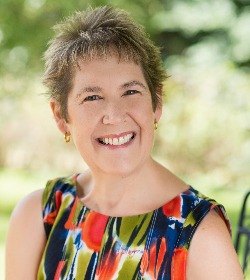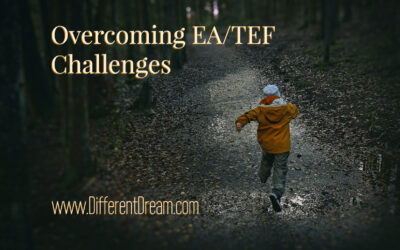Modifications to Welcome Children with Special Needs

Modifications. They are a necessary and natural part of life for families who want their loved ones with special needs to have access to the world. One of my earliest memories is watching carpenters build a ramp so Dad could wheel in and out of our house. Mom modified an old leather toiletry bag to carry Dad’s urinal when we were out and about since few bathrooms were wheelchair accessible in the 1960s. (Note: Do not do this. Leather absorbs urine odor, and it never goes away.)
Modifications at Our House
My husband and I continued the practice after we became parents. Before our baby was released from NICU, Hiram modified the crib, elevating the head to reduce reflux in our tiny boy’s esophagus. On vacations, we wedged suitcases between motel mattress and box springs for the same purpose. For years I carried a hand crank baby food grinder—strong enough to grind hamburgers and pizza—in my purse when we ate out. And because our little boy’s misshaped esophagus caused him to throw up about half of what he ate, we also left really big tips for the wait staff…to make up for the napkins full of spit up food we left behind.
You know what I’m talking about because as a special needs parent, you are constantly modifying the world around your children, too. To us, it’s natural and necessary. But convincing others to join us in making the world accessible to all isn’t an easy task, a fact proven by recent history.
Modifications at School
In fact, convincing schools to modify education for children with special needs required an act of Congress. In 1975, federal lawmakers enacted Public Law 94-142. The law said that children with disabilities “have a right to education” and established “a process by which state and local educational agencies may beheld accountable for providing educational services for all handicapped children.”
As a college freshman—and an education major—the year that law passed, I had a front row seat as our college scrambled to create classes to educate a new crop of special education teachers, and schools scrambled to comply with the mandate. The law wasn’t perfect, and schools didn’t implement the law perfectly. But schools did modify physical buildings, teaching strategies, and levels of education to meet the needs of all students. Today, such modifications are accepted practice and expected practice.
You can read the rest of this post at the Not Alone website.
Do you like what you see at DifferentDream.com? You can receive more great content by subscribing to the quarterly Different Dream newsletter and signing up for the daily RSS feed delivered to your email inbox. You can sign up for the first in the pop-up box and the second at the bottom of this page.
photo credit: www.freedigitalphotos.net
By Jolene
Jolene Philo is the author of several books for the caregiving community. She speaks at parenting and special needs conferences around the country. Sharing Love Abundantly With Special Needs Families: The 5 Love Languages® for Parents Raising Children with Disabilities, which she co-authored with Dr. Gary Chapman, was released in August of 2019 and is available at local bookstores, their bookstore website, and Amazon. See Jane Sing!, the second book in the West River cozy mystery series, which features characters affected by disability, was released in November of 2022.
Subscribe for Updates from Jolene
Related Posts
What Does My Child Remember about EA/TEF Treatment?
Valeria Conshafter highlights the differences between her story and her daughters in “What does my child remember about EA/TEF treatment?”
Top Ten Perks of Raising a Child with Disabilities
Jolene reflects on the lighter side of special needs parenting with her top ten perks of raising a child with disabilities.
An EA/TEF Update: Oliver’s Story
Kelly Simpson gives an EA/TEF update for Different Dream readers and other EA/TEF parents about her son’s progress.






0 Comments